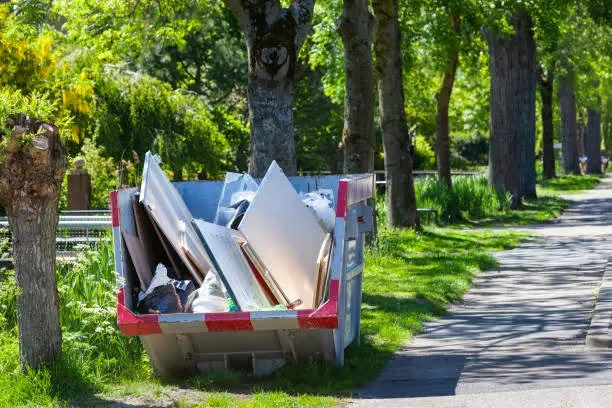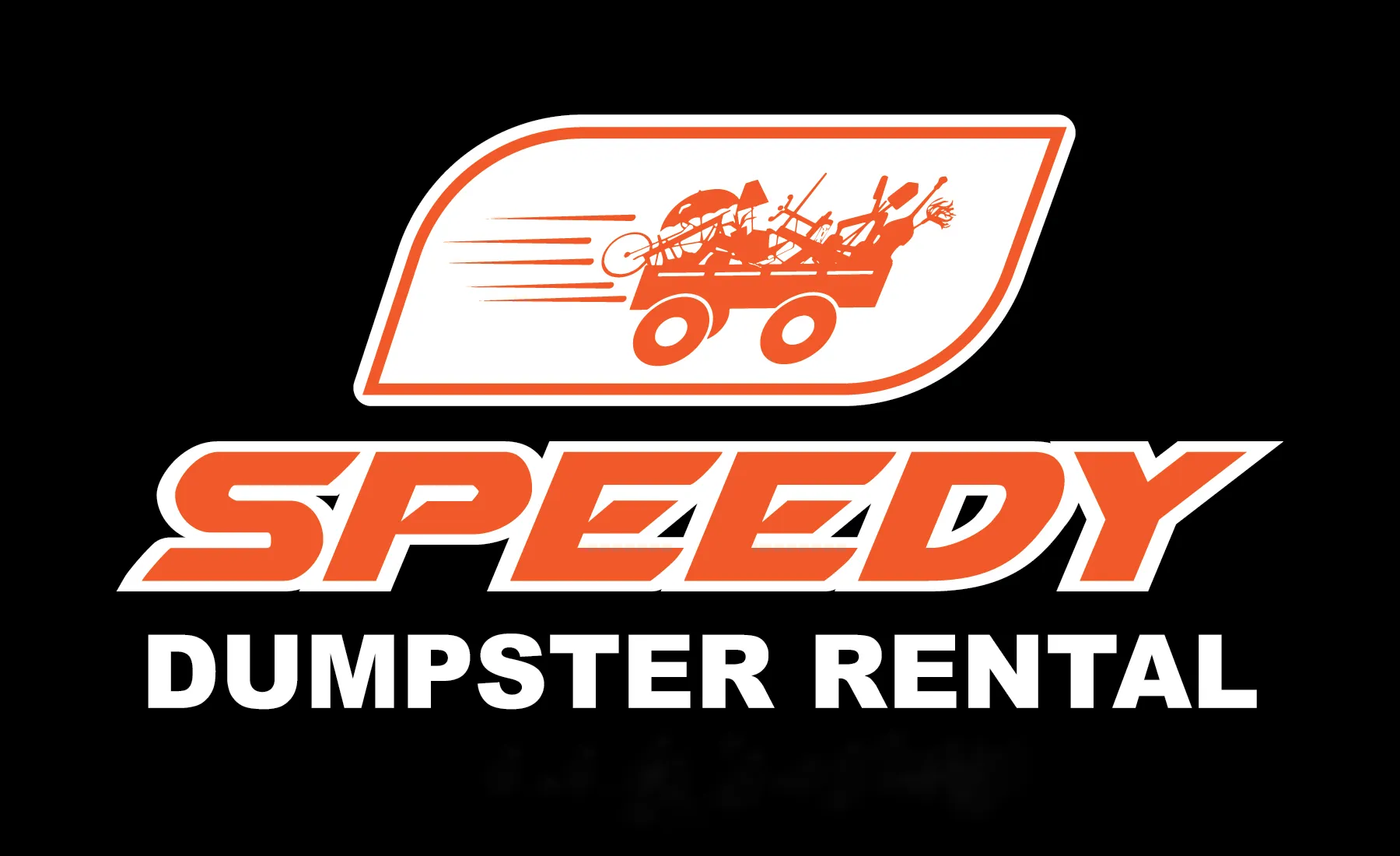OFFICE HOURS
Monday - Sunday: 7:00 AM - 7:30 PM

Roll-off Dumpster Rental in Long Grove, IA
Roll-off dumpsters in Long Grove IA for residential, commercial, or demolition projects. Learn more about sizes, permits, and recycling.
Roll-off Dumpster Rental in McCausland, IA
When you need reliable debris removal for a renovation, roof replacement, estate cleanout, or farm project in McCausland, IA, a roll-off dumpster rental provides the simplest on-site solution. McCausland homes and job sites face seasonal weather, narrow rural roads, and mixed driveway types, so understanding container sizes, placement logistics, weight policies, and permit requirements helps you choose the right option and avoid delays or unexpected fees.

Common Long Grove projects that need roll-off dumpsters
- Residential demolitions and garage tear-outs
- Home remodels, kitchen and bath gutting
- Large estate or property cleanouts after seasonal moves or inheritance
- Roofing jobs and shingle removal
- Small commercial construction and site clearances
- Storm damage debris removal and spring cleanups
Local climate and construction trends in Long Grove—cold winters, spring freeze-thaw cycles, and periodic storm debris—mean many projects produce a mix of heavy materials (concrete, brick) and bulky items (furniture, tree limbs). Choosing the right container and service helps manage those mixed loads efficiently.
Container sizes and how to choose
Roll-off dumpsters come in multiple sizes. Typical options and use cases:
- 10 cubic yards — small cleanouts, single-room remodels, light debris
- 15 cubic yards — kitchen or bathroom remodels, small roof tear-offs
- 20 cubic yards — medium remodels, partial home cleanouts
- 30 cubic yards — full home cleanouts or large renovation projects
- 40 cubic yards — large construction or demolition jobs
Choose by project scope and type of debris. For heavy materials like concrete, brick, or dirt, plan for lower volume but higher weight. For bulky but lighter items—furniture, drywall, roofing shingles—choose larger volume even if lighter per cubic yard.
Delivery and roll-off placement: what to expect
- Site access: Ensure a clear, level approach for the delivery truck. Minimum clearance is usually around 12 feet wide and overhead clearance of 14 feet for many roll-off trucks.
- Ground protection: Protect asphalt or pavers with plywood or timber to prevent gouging. Grass areas may get rutted if ground is soft—consider placing pallets or boards under the container or on final placement.
- Placement options: Driveway, private property, or curbside street placement (see permit section). Keep the area free of parked vehicles and landscaping obstacles.
- Driver instructions: Confirm exact placement before delivery to avoid relocation fees. Point out utility meters, septic access, and low branches.
- Safety: Leave at least 3 feet of clearance around the container for safe loading and removal.
Weight limits, material restrictions, and common exclusions
- Weight limits: Containers have weight limits based on size and local hauling regulations. Heavier materials use up weight capacity faster, leading to potential overage fees.
- Typical prohibited materials:
- Hazardous wastes (solvents, paints, acids)
- Automobile batteries and tires (special disposal routes)
- Asbestos-containing materials (must be handled by licensed abatement)
- Refrigerant-containing appliances unless properly certified for removal
- Medical waste and sharps
- Items that may require separate handling:
- Concrete, brick, and dirt (often charged by ton; consider separate debris box)
- Metals and appliances (may be diverted for recycling; could reduce disposal cost)
Always disclose the type of debris at booking to ensure correct container and reduce the chance of refusal at pickup.
Overage fees and how to avoid them
- Overage fees typically occur when your load exceeds the agreed weight limit or contains prohibited materials that require special handling.
- How to avoid extra charges:
- Estimate materials realistically using the size guidance above.
- Separate heavy materials (concrete, brick) into a dedicated roll-off if possible.
- Do not mix hazardous items or appliances with general construction debris.
- Weigh samples or consult with your provider for weight estimates based on material type.
- Communicate job changes or extended timelines early to adjust arrangements.
Permits and street-placement guidance for Long Grove-area jobs
- Street placement: If you need the container placed on a public street, a permit is often required from the town or the county. Rules vary between municipalities and may restrict placement near intersections or hydrants.
- Steps to take:
- Check with Long Grove city offices or Scott County public works for current permit requirements and restrictions.
- Allow time for permit processing and possible street-safety conditions like signage or cones.
- Confirm whether the hauling company will obtain the permit or if the property owner must apply.
- Be aware of seasonal rules that may affect curb placement (street sweeping, snow removal priorities).
- Liability and protection: When on public property, verify required insurance or bonding the hauler must carry to operate legally.
Scheduling and management for long-term or phased projects
- Rental periods: Standard rentals range from a few days to several weeks. For long-term projects, request recurring pickups, scheduled swaps, or an extended rental agreement.
- Staged delivery: For multi-phase projects (demo followed by framing), plan for multiple containers staged by trade to avoid cross-contamination of materials.
- Exchange service: Use a swap-out for continuous work—driver removes full container and drops an empty one quickly to minimize downtime.
- Seasonal planning: In Long Grove, plan around winter weather and regional hauling schedules; heavy snow can affect delivery and pickup windows.
Recycling, debris sorting, and cost-saving strategies
- Separate streams reduce landfill fees and recover value:
- Concrete, brick, and asphalt often recycled for aggregate
- Scrap metal and appliances sorted for metal recycling
- Clean wood and yard waste may be mulched or composted
- Cardboard and clean drywall have recycling paths depending on market
- Best practices:
- Pre-sort at the job site where practical—keeps hazardous materials and recyclables out of general loads.
- Use dedicated containers for concrete, metal, and wood when projects generate significant quantities.
- Ask about local recycling options and whether the hauler has dedicated processing facilities.
What to expect on pickup and final disposal
- Final inspection: The hauler may inspect load composition at pickup to confirm no prohibited materials.
- Weight ticket: For heavier loads, expect a weigh ticket indicating gross and net weights; this documents any weight-based charges.
- Documentation: For demolition or commercial projects, request disposal/weight receipts for project records or permits.
Final considerations and maintenance tips
- Plan access and placement early to prevent schedule conflicts and protect surfaces.
- Know the materials you will generate and discuss them when booking to ensure proper container selection and legal disposal.
- Sorting debris on-site reduces costs and supports recycling goals common in the Long Grove and broader Scott County area.
- For projects spanning seasons, build flexibility into scheduling to accommodate weather impacts and municipal regulations.
This guidance is designed to prepare Long Grove residents, contractors, and property managers for the practical decisions needed when renting roll-off dumpsters. Proper planning minimizes disruptions, keeps projects on schedule, and reduces avoidable costs while helping you meet local disposal and recycling expectations.
Customer
Testimonials
See what our satisfied customers are saying about their experience with us.
